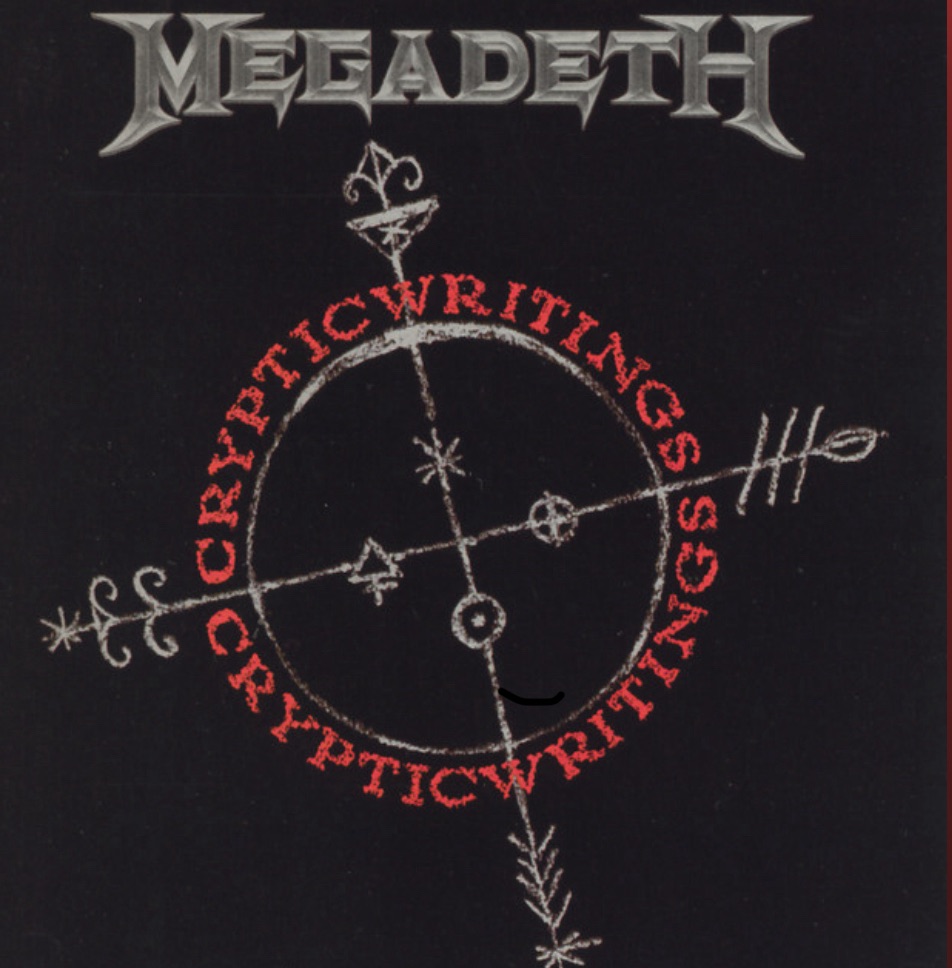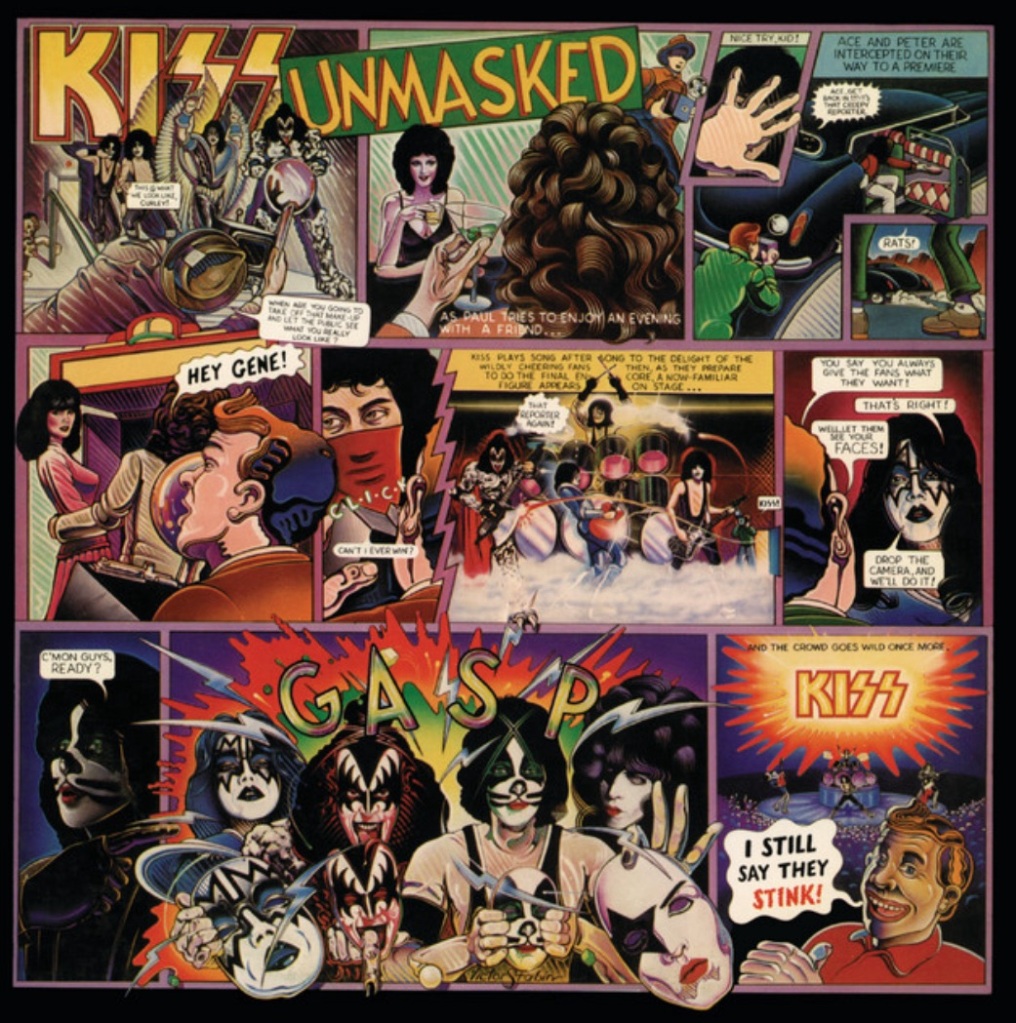
It’s 1996 and you are writing riffs for your next album. Your first four albums pushed the boundaries of technical thrash metal. Your last two albums went for more accessible song structures, which gave you radio airtime.
Seattle came and went but its cultural changes remained. Industrial Metal was becoming a thing, Alternative Rock, EMO and Goth Metal/Rock were slowly becoming a thing.
Your label wants to sell albums and the only way you can sell albums in their eyes is by having your songs on the radio.
You also fired your previous manager, as you believed that he was also taking a paycheck from the label. He reckons he wasn’t but hey that’s a story for another day.
So what do you do?
These were the questions that Dave Mustaine had to answer in 1996.
This wasn’t the Dave from ten years ago, addicted to drugs and with nothing to lose. This Dave had something to lose now, a family and a corporate machine called Megadeth.
Freedom to do what you want doesn’t come when you have something to lose. In addition, this Dave had been in and out of rehab since 1988, and he just finished another rehab stint just before the “Cryptic Writings” sessions started.
Oh, and by the way, his band was also splintering.
Actually his band was always splintering, but the longest running version of Megadeth was splintering. For those who don’t know, this version involves Marty Friedman, David Ellefson and Nick Menza (RIP).
Dan Huff is producing and the new management company ESP Management was led by Bud Prager, who had guided Foreigner from a small time rock band to an 80 million seller.
Mustaine still had a chip on his shoulder from a certain band he was in and he “wanted what Metallica had even if it meant selling a piece of his soul to the devil” (his exact words on page 276 of his bio).
Trust
The drum intro. Its familiar.
Avenged Sevenfold were very heavily influenced by it for their opening track “Shepherd Of Fire” on the “Hail To The King” album. Metallica had “Enter Sandman” before this and the great AC/DC had “Dirty Deeds (Done Dirt Cheap) before all of em.
Once a great drum hook, it’s always a great drum hook.
If I look into my crystal ball, I can see the heirs of the artists or the Corporations that would end up owning the Copyrights litigating against others for this drum groove in the future.
When that riff kicks in, its head banging time. Yes the tempo is slower, the song is more accessible but it wasn’t a sell out. This was still very much Megadeth.
The Chorus; anthemic.
Apart from becoming a set list staple, it’s also their biggest hit single.
Almost Honest
That intro riff.
It’s bone crunching with a feel and vibe from AC/DC and a Major key Chorus which is a massive no-no to the Minor key Thrash community.
In the end, Mustaine was trying to rewrite “Symphony Of Destruction” and he got a song that sounded similar but different enough to stand on its own.
Very accessible but still very much like Megadeth.
Use The Man
Alternative rock or Grunge. Take your pick as it’s still rock and metal to me.
Plus I always like it when artists take what is popular at the time and still make it sound like their sound.
Mastermind
An intro riff influenced by “Walk This Way”.
The verses are demented, perfect for Mustaines snarling.
The Disintegrators
It’s fast and thrashing like the old Megadeth, but with more melody in the vocals.
If the main riff sounds familiar, Mr Hetfield was obviously influenced as “Lux Aterna” has a similar riff.
Then again, both Mustaine and Hetfield are influenced by the NWOBHM and this riff is from that movements playbook.
And the solo. Brilliant.
At 3:04, it’s over and the only thing left to do is to press play again.
I’ll Get Even
It’s got the same playbook as “Almost Human” but with clean tone in the verses and a psychedelic alternative rock Chorus.
And how good is the bass groove, locked in with the drums.
SIN
It’s accessible but it’s still Megadeth. The riffs are angry and head banging.
A Secret Place
From writing an accessible album, they came up with a classic, a song that still does the rounds in the live show.
As soon as the Intro kicks in, I was hooked.
Have Cool, Will Travel
The harmonica, and a groove reminiscent of “American Woman”, yet it still feels like a Megadeth track.
She-Wolf
A masterpiece.
Make sure you stick around for the Outro harmony section.
Vortex
Another classic but this one gets no love.
It’s a fast cut influenced by the NWOBHM especially Judas Priest, with a demented Mustaine snarl in the verses and an anthemic melodic chorus.
FFF
The fast punk that Megadeth is known for is evidenced here. Definitely a forgotten track.
The Wrap Up
The album achieved a Platinum certification but it didn’t bring in a new audience as Mustaine and his new management team had anticipated.
I read that hard core fans were confused. They liked it but didn’t like it completely. That viewpoint never made sense to me as I see myself as a hard core fan and I like it alot.
Mustaine mentioned in his book that by “trying to become more melodic and still remaining true to their metal roots”, he alienated his core fans with this album as he didn’t get the mixture right.
A terrible Howard Stern interview didn’t help matters either. And during the tour, Nick Menza was booted with Jimmy DeGrasso replacing him. However Menza would still return for the next album.
Overall, “Cryptic Writings” is a great album. The concise songwriting and simple arrangements suited Mustaine and for me, having this album in 1996 was a godsend, compared to some of the other confused albums my favorite artists started delivering during this period.
If you haven’t heard it, hear it. If you have heard it, hear it again.
\::/







